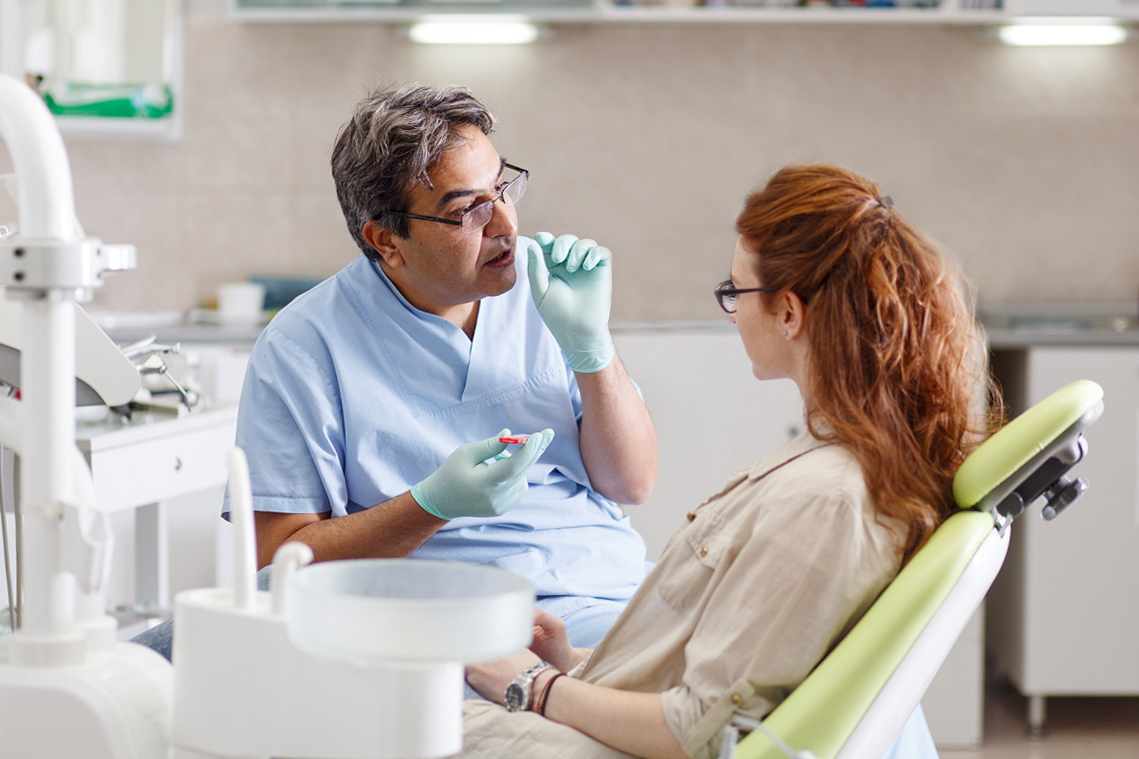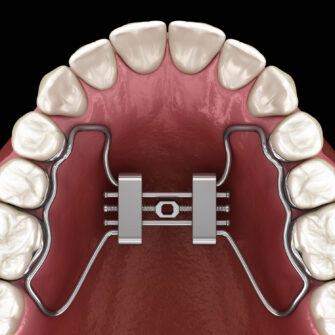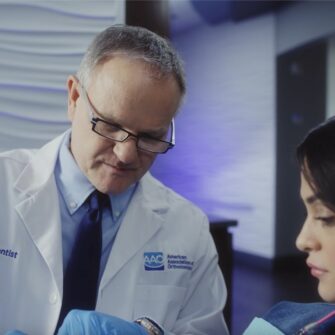If you believe your dentist is also an orthodontist, take a minute to read this post.
Your confusion is understandable. After all, both dentists and orthodontists work on teeth. Both provide professional care that helps patients have good oral health, and both are dental school graduates. Your dentist may even offer orthodontic services, leading you to assume that he/she is an orthodontist. But the truth is that putting aligners or braces on teeth does not make a doctor an orthodontist.
Dentists, who are also known as general (or family) dentists, are concerned with overall oral health. Dentists treat decayed teeth (fillings) and remove failed teeth (extractions). They usually provide services such as crowns, veneers or bonding to improve the appearance and function of teeth that have extensive decay, or are misshapen or broken. Dentists look for abnormalities in the mouth and teach patients how to prevent dental disease.
As knowledgeable and skillful as dentists are, certain areas of dentistry have educational programs beyond dental school. Orthodontics is one of those areas. And that’s where specialists, such as orthodontists, come in.
Dental specialists get to be specialists by completing four years of general dental education in dental school, and then continuing in an accredited program where they study their specific specialty full-time for two or more years. When dentists studying a specialty area successfully complete their formal specialty education, they are able to use a title that denotes their area of specialization. “Orthodontist” is one example.
Other dental specialists include endodontists, who specialize in root canals; periodontists, who specialize in treating gum disease; pediatric dentists, who specialize in dental care for the under-21 age group; and oral and maxillofacial surgeons, who specialize in face, mouth and jaw surgery. Orthodontists are specialists who focus on the bite – how teeth meet and function, how they are aligned, how they are set in the jaws, and the positioning and sizes of the upper and lower jaws.
General dentists are licensed to practice dentistry. Some states allow them to provide specialty care, even if they do not have formal post-dental school training in the specialty services. For example, a dentist may be able to perform a root canal, but that does not mean he/she is an endodontist. A dentist may be able to extract a tooth, but that does not mean he/she is an oral surgeon. Likewise, a dentist may be able to provide braces or aligners to move teeth, but that does not mean the dentist is an orthodontist. Only orthodontists have the additional two or more years of orthodontic education from a program accredited by the Commission on Dental Accreditation, providing them with specialized training in moving teeth.
So that you can tell the difference between a dental specialist (such as an orthodontist) and a general dentist, be aware of the doctor’s:
Education
- Dentists and dental specialists graduate from dental school
- After dental school, a dental specialist goes on to study full-time in an accredited program in their specialty area for two or more years. After graduating, a dental specialist may call himself/herself by a title to denote their specialty training (e.g., orthodontist)
Scope of practice
- General dentists are licensed to provide general care and, in some states, are allowed to provide specialty care even if they do not have formal post-dental school training in an accredited residency program
- In many cases, specialists focus their practice on their dental specialty
If you’re thinking about orthodontic treatment, consider a specialist: an orthodontist. Only bona fide orthodontists get to be members of the American Association of Orthodontists (AAO). Visit aaoinfo.org to find your AAO orthodontist.



